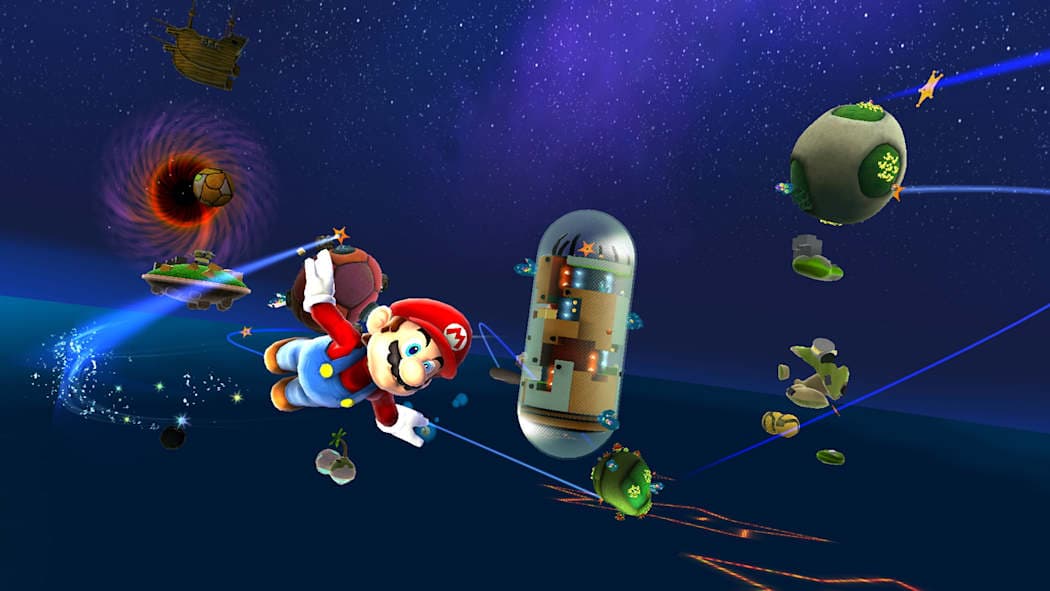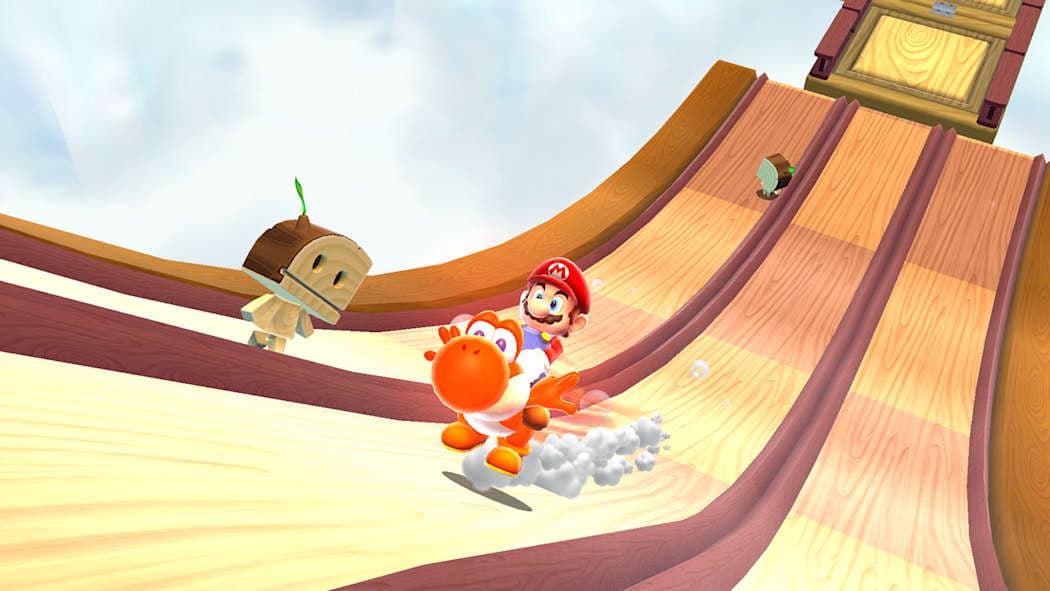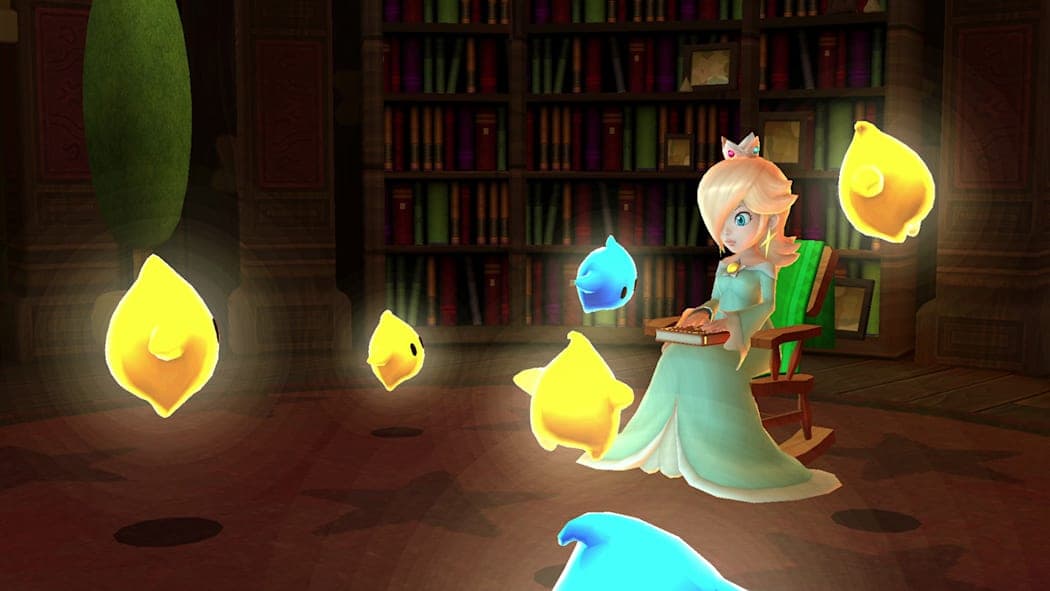
I went in for “just one star” before bed. Two hours later, I’d hummed Gusty Garden out loud, fed a Luma until it burst into a new planetoid, and remembered exactly why these games became gospel. I tested the compilation on a Nintendo Switch 2, mostly handheld with the new Joy-Con 2, and a couple of docked sessions on a 4K TV with a Pro-style controller. The short version? Super Mario Galaxy and its sequel are still the blueprint for joyful 3D platforming. The remaster makes them shine, but the modern control solutions are sometimes the banana peel under your shoe. And that €69.99 sticker… yeah, that’s going to start a few forum fires.
Context matters. I finished Galaxy on Wii back in 2007, beat most comets, fell in love with the orchestral score. Galaxy 2 arrived like a tighter, more playful cousin-Yoshi’s tongue, Cloud Mario, Rock Mario-the purest “one idea per level” approach. Coming back in 2025, on markedly different hardware, I wanted two things: a clean, responsive way to handle all the pointer-based business, and a visual pass that did justice to the art without sanding off its personality. I got half of that wish.
On the original Switch, both games target 60 fps and stay there. Portable is 720p, docked is 1080p. On Switch 2, handheld bumps to 1080p and docked goes up to 4K. The jump is immediately obvious on a big screen: starfields pop, Mario’s cap stitching and Bee Mario’s fuzz are sharper, and those lush skyboxes stop looking like smudged postcards. This isn’t a ground-up remake-the geometry’s the same, and textures get a gentle scrub rather than a full facial—but the art direction carries. Galaxy 2, in particular, benefits from resolution alone; its bolder shapes and cleaner color blocking hold up almost suspiciously well at 4K.
There’s no performance mode on Switch 2, which surprised me. Given the hardware uptick, I half expected a 120 fps experiment or more aggressive anti-aliasing. What you do get is consistency. During my hours in places like Good Egg Galaxy, Loopdeeloop (the manta-ray level), and Bowser’s Galaxy Reactor, the frame rate felt locked. Camera pans over big planetoids didn’t stutter, and those set-piece gravity walks across twisting platforms still hit like rollercoaster drops.
Small gripe: I noticed faint shimmering on some fine textures (grass tufts, metallic grates) in 4K docked. It’s not distracting, just a reminder that this is a remaster with light retouching. Menus also remain Wii-era: big blue frames, chunky fonts. Functionally fine, aesthetically dated. Part of me respects the museum vibes; another part wanted a quick coat of UI paint.
Galaxy’s genius is in how it turns gravity into a toy. The catch is that its toybox was built around Wii’s pointer. On Switch 2, you’ve got options. Docked with detached Joy-Con 2 feels closest to “original intent.” The right Joy-Con acts as a pointer for collecting Star Bits, aiming pull stars, and guiding certain gimmicks. You can re-center with a button tap (I kept thumb on R habitually) and, when calibrated, it’s responsive enough to draw constellations of bits without thinking.
Handheld works, but it’s the messiest compromise. You can use the touchscreen to grab bits and hit star switches, or tilt the console for gyro aiming. I tried a night of couch play with the console in my lap and quickly defaulted to tapping the screen for precision tasks. It’s not elegant, and it breaks the flow in ball-rolling stages like Rolling Green and Rolling Gizmo where the original design really leaned on physical nuance. Those remain the most finicky levels here. I had one run in Rolling Green where a tiny wrist flick translated into a full panic sprint toward the void. Funny, in hindsight. Less funny on the seventh attempt.
One honest annoyance: twice in Galaxy 1, Mario started spinning in tiny circles when I rotated the stick quickly to reverse direction—like the input buffer got confused. It was rare, and it never cost me a star, but it’s the sort of bug that yanks you out of autopilot. Camera quirks also rear their head more on spherical stages. There’s still that moment where you leap off one tiny planet and the perspective flips mid-air, and for a half-second your brain and thumbs renegotiate what “left” is. It’s classic Galaxy, which is to say 95% brilliant and 5% “well, that’s the price of ambition.”
Spins map to a face button as well as a shake, which is sanity-saving. Wall jumps, long jumps, triple jumps—still buttery, still tight. If you grew up chaining a long jump into a midair spin to eke out a ledge grab, your muscle memory will hug you like a Luma. Co-op “co-star” play returns, too. My partner joined with a detached Joy-Con and spent a hilarious 20 minutes trolling Goombas by stunning them while I flubbed a Purple Coin run. It’s low-stakes, perfect for kids or non-gamers who want to be part of the chaos.
There’s talk of a “mouse mode” on Switch 2 at official launch—basically pointer emulation that behaves more like a desktop cursor. I didn’t have access to test it during review, but if it’s snappy, it might be the final piece for folks who hate gyro drift. As is, docked with Joy-Con is the sweet spot; everything else is serviceable with caveats.

After 10 hours, the thing that hit me hardest wasn’t the visuals—it was how elegantly the game trusts you to experiment. Honeyhive eased me back in with Bee Mario and lazy loops around tree trunks. Then Gusty Garden arrived with that orchestral main theme and gravity slingshots that make you grin like an idiot. The Bowser showdowns remain theatrical: the collapsing arenas, the burn-in patterns when you bait him onto glass, the final run through Galaxy Reactor that turns the rules inside out as you hop from gravity field to gravity field.
The observatory hub still rules. It’s more than a menu; it builds vibe. I found myself idling near the Comet Observatory’s railing just to let the music settle in. The new bit here is a fresh chapter in Rosalina’s storybook. It’s small, intimate—a little extra lore that adds warmth without stretching canon into taffy. I won’t spoil it, but the tone fits the melancholic lullabies that made the original book so memorable.
Design quirks that aged less gracefully? Some of the motion-centric galaxies feel dated without a true pointer. The manta-ray races are still fun, but the steering’s touchy; the bubble-blowing tilt stages require patience and gentle hands. Purple Coin challenges can swing from zen to spiteful depending on camera cooperation. But every time I rolled my eyes, the game countered with something like Toy Time’s rhythmic conveyor belts or the arcing flights across Battlerock’s cannons. The highs drown out the handful of janky lows.
Luigi shows up, of course. He’s still the lovable chaos agent—faster, floatier, more likely to overshoot a platform if you’re greedy. Having the option to chase stars as Luigi once you meet the requirement remains a welcome remix of the campaign’s muscle memory.
If Galaxy is a dreamlike tour, Galaxy 2 is a precision mixtape. Within three worlds, it becomes obvious why some fans prefer it. The hub is gone; in its place, a brisk world map that feeds you experiments like snacks. Yoshi steals the show immediately. Aiming his tongue with the pointer feels natural docked, and the flutter jump’s buoyant arc is the exact kind of “one more try” magnet that had me chasing comet medals past midnight. Hightail Falls with Dash Pepper Yoshi—pure giggle fuel as you burn across walls and ceiling, timing jumps to keep speed without careening into lava.
New power-ups hold up beautifully. Cloud Mario’s three puffs transform platforming into a resource puzzle: spend them early and safe, or greedy and stylish? Rock Mario’s bowling smashes through levels in a way that finally makes the shake feel cathartic rather than fussy. I loved how often Galaxy 2 sets up a toy and then builds a second act twist: introduce a simple mechanic, then remix it under pressure. That design philosophy survives the remaster untouched.
Post-game content still goes hard. Without spoiling specifics for newcomers, Galaxy 2’s endgame asks you to rethink what exploration means in these spaces, and it’s an addictive loop for completionists. This compilation also adds a new storybook chapter for Rosalina, similar in spirit to Galaxy 1’s—again, a tasteful nod rather than a retcon spree. And yes, the soundtrack remains a front-row seat to Nintendo’s finest orchestration. I booted up the music player from both title screens more than once just to bask in Sky Station’s brass and the mischievous Yoshi percussion.

Beyond resolution bumps and the new Rosalina pages, this is a light-touch package. There’s an Assistance mode that echoes Super Mario Odyssey’s approach—doubled health and a safety net if you slip into the abyss. It’s a smart bridge for younger players. Amiibo support is here, though limited; the lack of the new movie-tie-in figures at launch is a head-scratch, especially when you’ve got Lumas front and center. The co-op sidekick returns. Options to invert camera axes are present and welcome.
But there’s a wish list the package doesn’t meet. No modernized menus. No art gallery or development notes for a series celebrating 40 years. No toggle to reduce gyro dependency in those ball or bubble levels. I’d have loved a true control overhaul option, even if it “breaks purity,” for the folks who just want sticks and buttons everywhere.
Let’s be blunt. €69.99 for the compilation (or €39.99 for a single game) is going to rub people wrong. I get it. These are 15+ year-old titles with modest remastering. At the same time, I spent a weekend inhaling stars and grinning like I did on launch week in 2007. The level of craft here is so absurd that it dodges a lot of modern bloat. There’s no XP trickle or map spew; there’s a careful ramp of mechanics and a fountain of surprises. From a pure play-value angle, the compilation’s worth is clear.
But worth and price aren’t twins. The absence of deeper extras or control overhauls makes the ask feel steep. If you bounced off Galaxy’s pointer stuff years ago, this remaster doesn’t fully solve that for handheld players. If you’re a diehard who cleared 240 stars back in the day, you’re essentially paying for cleaner resolution, a couple new storybook pages, and the convenience of modern hardware. I land here: for newcomers or anyone who skipped Galaxy 2 on Wii, the compilation is an easy recommendation despite the price. For veterans, it’s a heart-over-wallet decision.
Three that stuck:
1) The first sling across Gusty Garden when the gravity line curves like a smile and the orchestra swells. I actually paused midair to take in how clean the horizon looked in 4K. That’s the remaster doing exactly what it should—respecting the original composition, sharpening what time has smudged.
2) A late-night Purple Coin run in Toy Time where the camera tried to play hero and I misread the perspective shift. I cursed, laughed, re-centered my Joy-Con, and nailed it on the next try. The rhythm of “fail fast, learn, triumph” hasn’t dulled.
3) Hightail Falls with Yoshi’s Dash Pepper, where I realized 10 seconds in that holding forward was a rookie mistake. Feathering the stick and treating corners like drift lines sold me on Yoshi’s precision again. It’s these micro-lessons—tiny revelations inside loud set pieces—that make Galaxy 2 feel evergreen.
I didn’t hit any hard crashes. Two input hiccups (the “Mario circles” bug) and one pointer desync in handheld that needed a quick re-center tap. Load times are short on Switch 2, with galaxies popping in within a couple seconds from the hub. Audio is spotless—no compression nastiness, and the music player is a gift, especially now that Galaxy 2 gets the same treatment Galaxy 1 had back in 2020’s re-release.

Quality-of-life is mostly status quo. Axis inversion is there, Assistance mode is there, but don’t expect more. I would love a global sensitivity slider for gyro to reduce overcorrection on those fussy stages. Maybe the upcoming mouse-mode will cover that. Fingers crossed.
– First-timers: If you’ve never touched Galaxy, this is a straight shot to the best 3D platforming ever made. Play docked with Joy-Con for the truest feel and fewer pointer headaches.
– Lapsed fans: If you missed Galaxy 2 on Wii, the compilation is the cleanest way to catch up. The resolution bump and slick performance do just enough to make replaying feel fresh.
– Handheld-only players: You’ll be fine, but be ready to tap the screen for precision and accept that a few levels weren’t born for this. Detaching Joy-Con in tabletop mode helps a ton.
– Parents and co-op seekers: Co-star mode remains a cozy way to share playtime, and Assistance mode makes tough bits kid-friendly.
Super Mario Galaxy and Super Mario Galaxy 2 are still the kind of games that recalibrate your taste. Even in a light-touch remaster, they feel modern because they’re built on ideas, not tech trends. On Switch 2, the resolution bump makes the art sing; on Switch, the solid 60 fps does its job. The new Rosalina chapter is a sweet flourish, and the soundtrack is an instant time machine.
The compilation’s weak points are real: gyro controls that don’t always play nice in handheld, occasional camera crankiness, “museum” menus, and a price that pins you between nostalgia and practicality. But when the gravity bends and you arc across a planet with the orchestra screaming joy, it’s very hard to care. There’s magic here the industry keeps trying to bottle. Two masterpieces, mostly respected by the port, still effortlessly out-fun almost everything.
Score: 9/10
Get access to exclusive strategies, hidden tips, and pro-level insights that we don't share publicly.
Ultimate Reviews Strategy Guide + Weekly Pro Tips